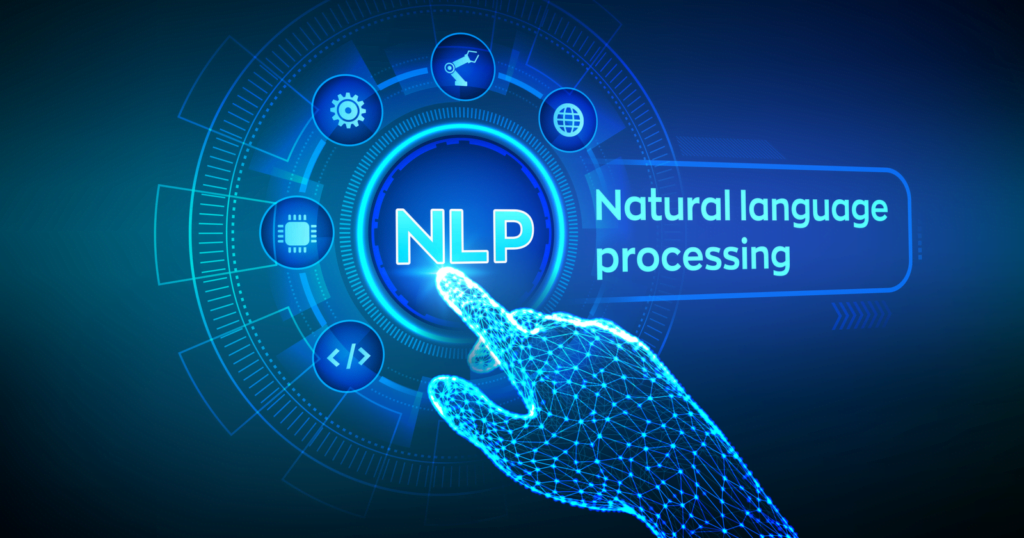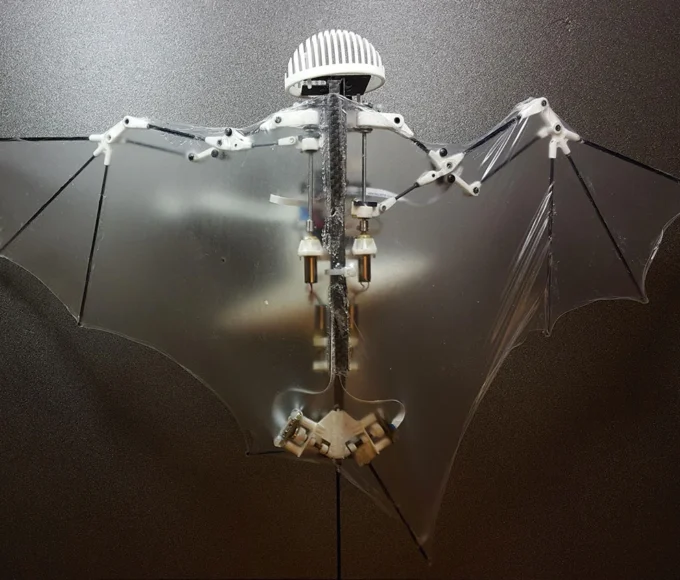In a world where climate change, pollution, and habitat loss are endangering our ecosystems, our need for effective environmental monitoring has never been greater. Traditional methods often struggle with issues like scalability, real-time data collection, and adaptability. Thankfully, in this age of technological advancement, robotic swarms are emerging as a dynamic solution to address these challenges while offering unique benefits for safeguarding our environment.
Robotic swarms are groups of robots that work together autonomously or semi-autonomously to accomplish tasks efficiently. In the realm of environmental monitoring, they bring a fresh perspective and promise exciting possibilities.
The Power of Robotic Swarms
Scalability: Perhaps the most remarkable aspect of robotic swarms is their scalability. These swarms can be as small as a few robots or as large as hundreds or even thousands, making them incredibly versatile. Whether it’s monitoring extensive forests, tracking marine life in the ocean, or assessing air quality in a bustling city, robotic swarms can be customized to suit the specific needs of any environmental project.
Real-time Data Collection: Robotic swarms excel at collecting real-time data. Outfitted with an array of sensors and cameras, they can capture a wide range of information, including temperature, humidity, air quality, water quality, and more. This ability to gather data as it unfolds is invaluable for understanding environmental changes and responding promptly to critical situations such as wildfires, pollution spills, or natural disasters.
Adaptability: Unlike single-purpose sensors or stationary monitoring stations, robotic swarms are incredibly versatile and adaptable. They can be programmed to respond to changing conditions, focus on specific areas of interest, or reconfigure themselves as necessary. This adaptability is vital for monitoring dynamic ecosystems and addressing emerging environmental threats effectively.
Applications of Robotic Swarms in Environmental Monitoring
Wildlife Conservation: Robotic swarms offer a new approach to monitoring and safeguarding wildlife populations. In marine environments, they can track the movements of endangered species like sea turtles or sharks. On land, they contribute to efforts to protect species from threats such as poaching or habitat destruction.
Forest Management: Swarms of drones equipped with cameras and infrared sensors play a vital role in monitoring forests for signs of disease, insect infestations, and wildfires. They provide early warning systems, enabling quicker responses and more effective mitigation efforts.
Water Quality Assessment: Robotic swarms are valuable for assessing water quality in rivers, lakes, and oceans. They can detect pollutants and variations in temperature and salinity, contributing to the safety of drinking water and the protection of aquatic ecosystems.
Urban Air Quality: In urban areas, swarms of drones equipped with air quality sensors monitor pollution levels, helping cities take immediate actions to reduce air pollution and improve public health.
Disaster Response: Robotic swarms are indispensable in disaster response efforts. They can assess the extent of damage after natural disasters, search for survivors in challenging terrain, and deliver supplies to remote or inaccessible areas.
Challenges and the Road Ahead
While the potential of robotic swarms in environmental monitoring is vast, there are challenges to address. These include ensuring the robots’ reliability, energy efficiency, and ethical considerations, such as minimizing disturbances to ecosystems and wildlife.
The future of this field will likely focus on enhancing communication and coordination within swarms, refining sensor technology for more precise data collection, and improving the algorithms governing their behavior. Additionally, efforts to reduce the environmental footprint of robotic swarm operations, such as developing sustainable energy sources and materials, will be pivotal.
Robotic swarms are ushering in a new era of environmental monitoring, offering the ability to collect vast amounts of real-time data across diverse ecosystems. From safeguarding wildlife to managing forests and responding to disasters, these swarms provide an agile and scalable solution to the environmental challenges of our time.
As technology continues to advance, the potential for robotic swarms to revolutionize our understanding and stewardship of the environment is boundless, giving us hope for a more sustainable future.
















Leave a comment